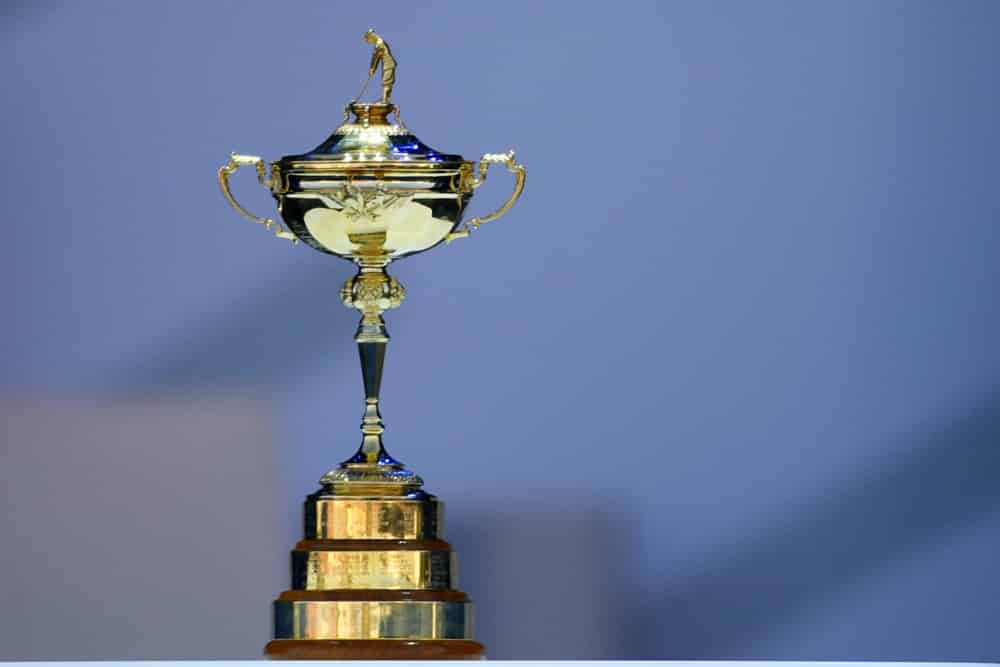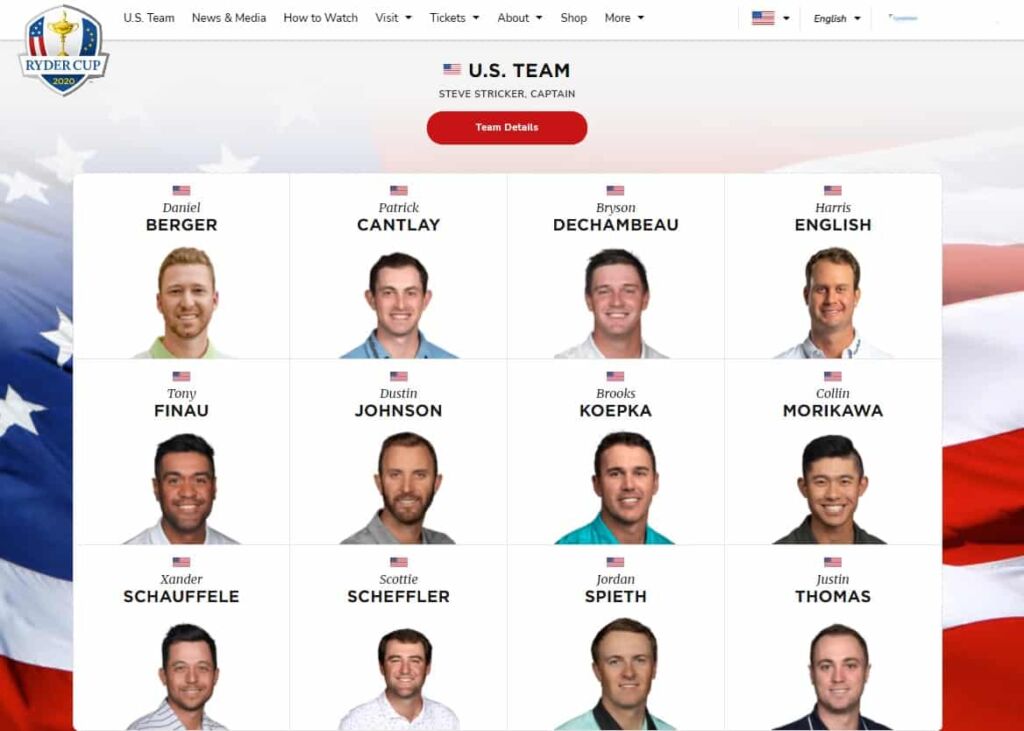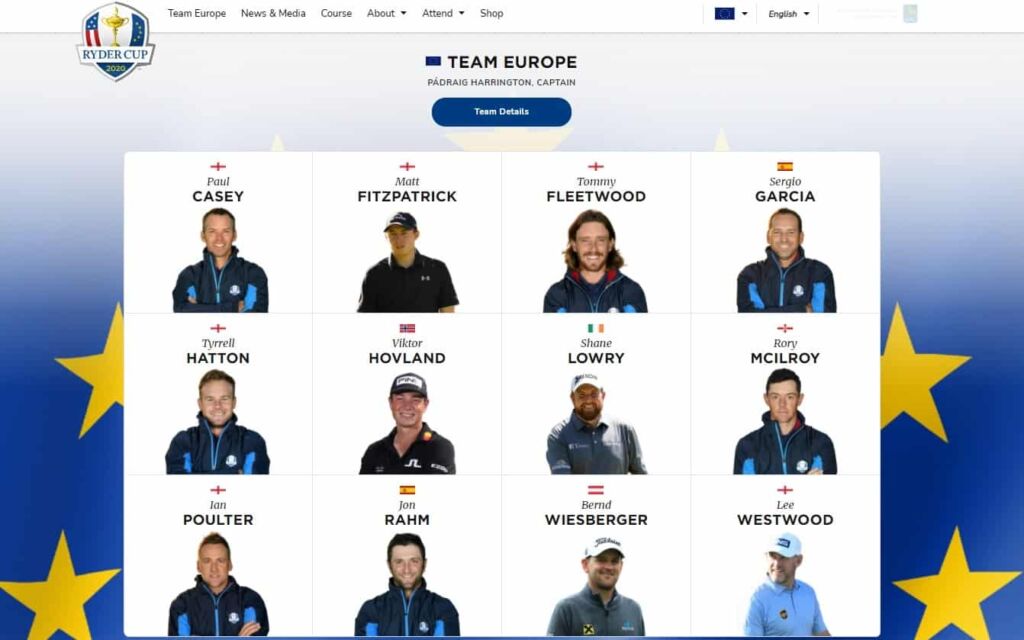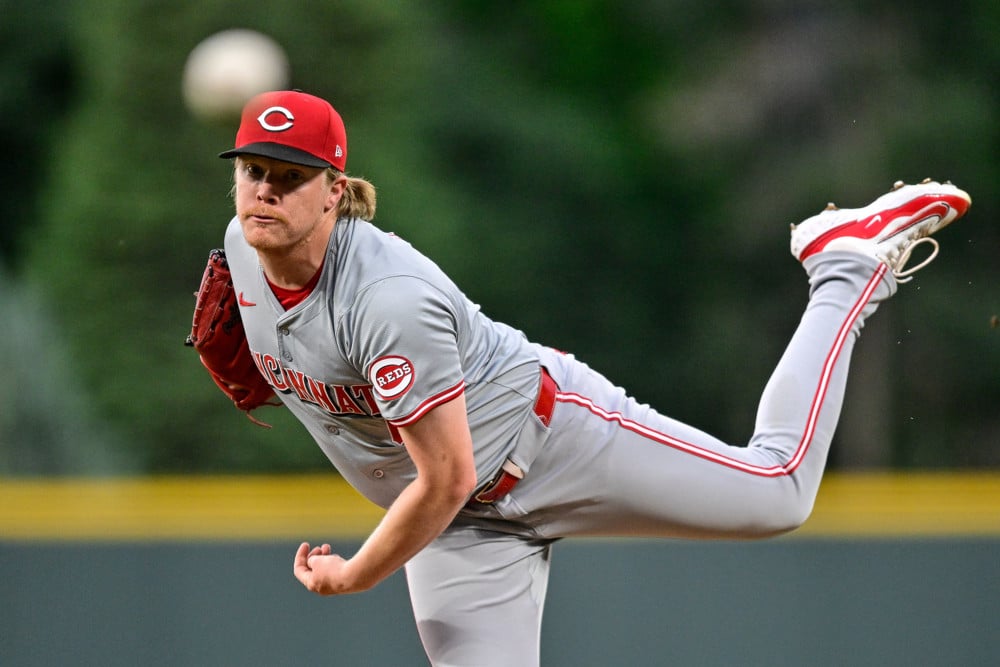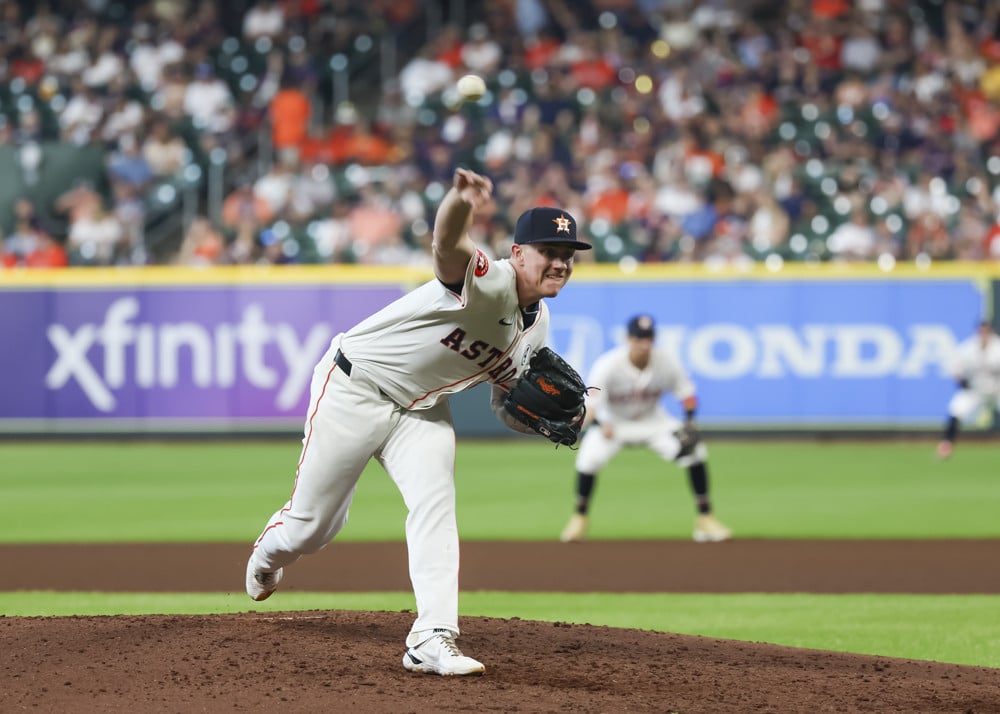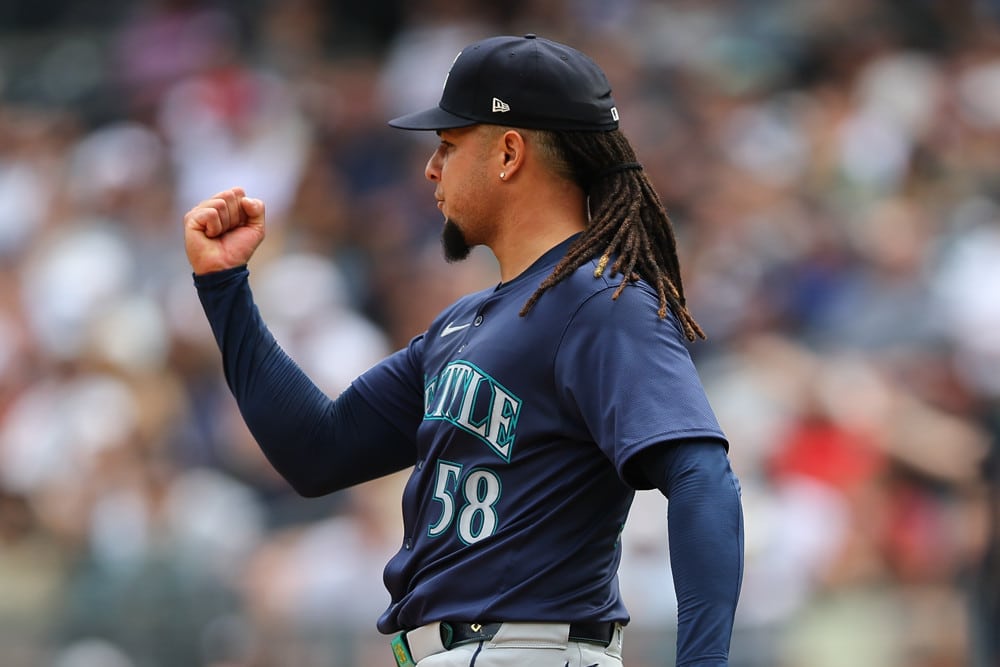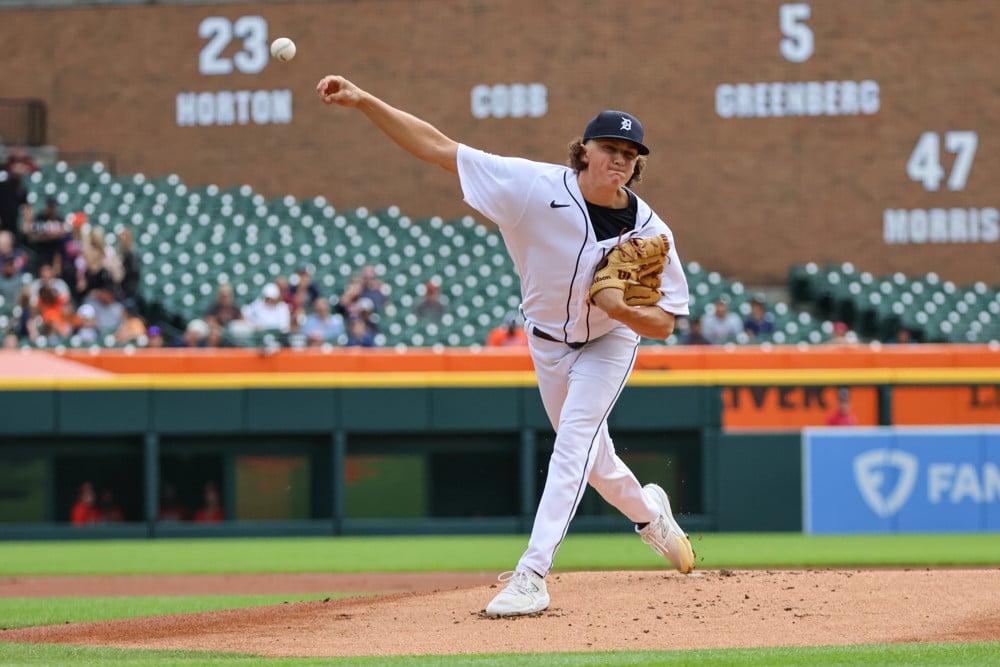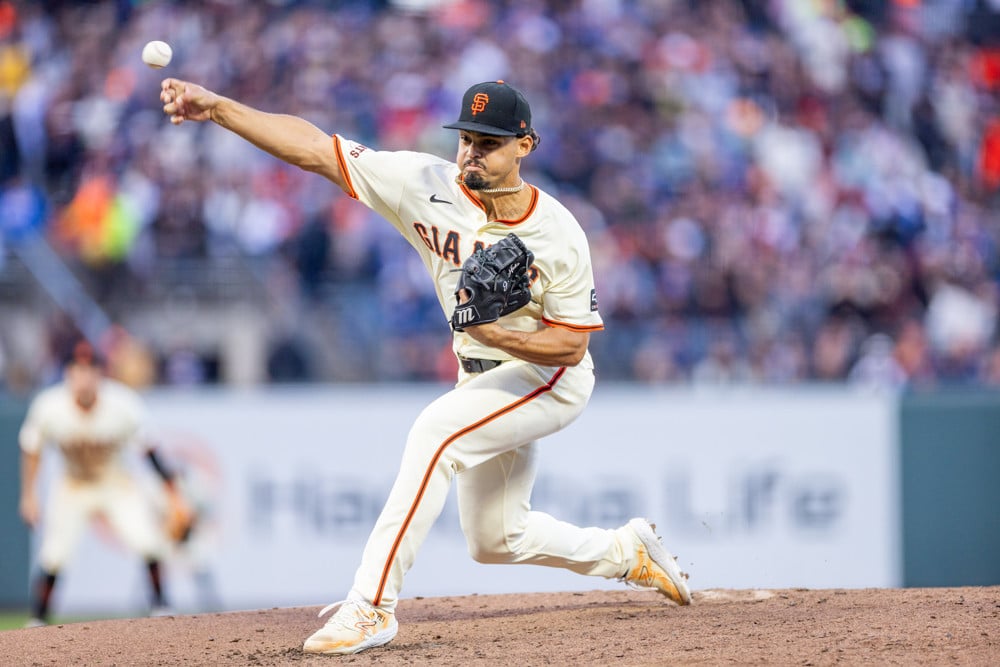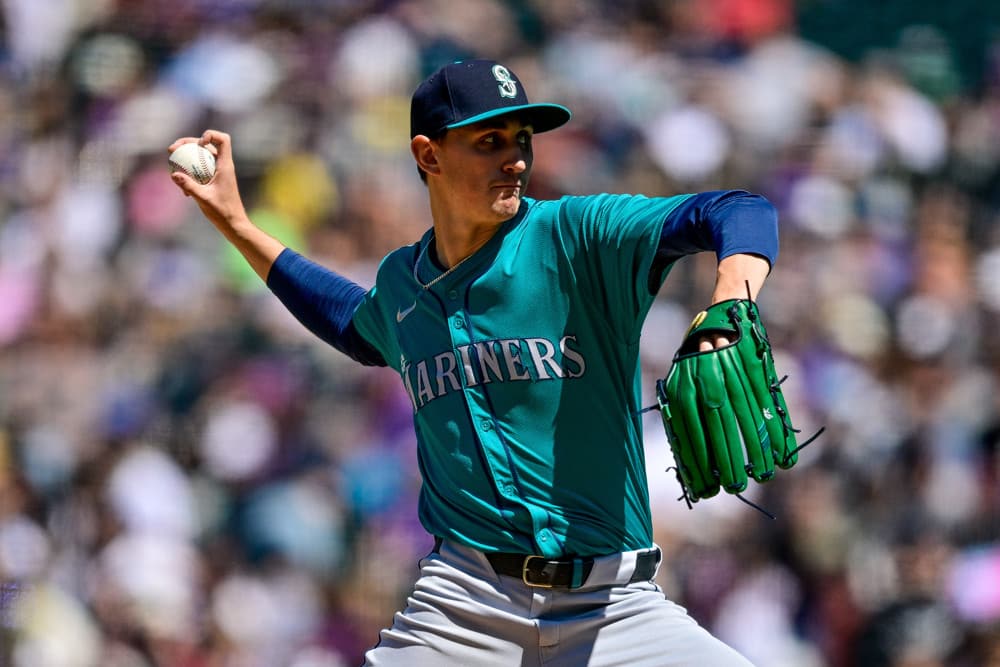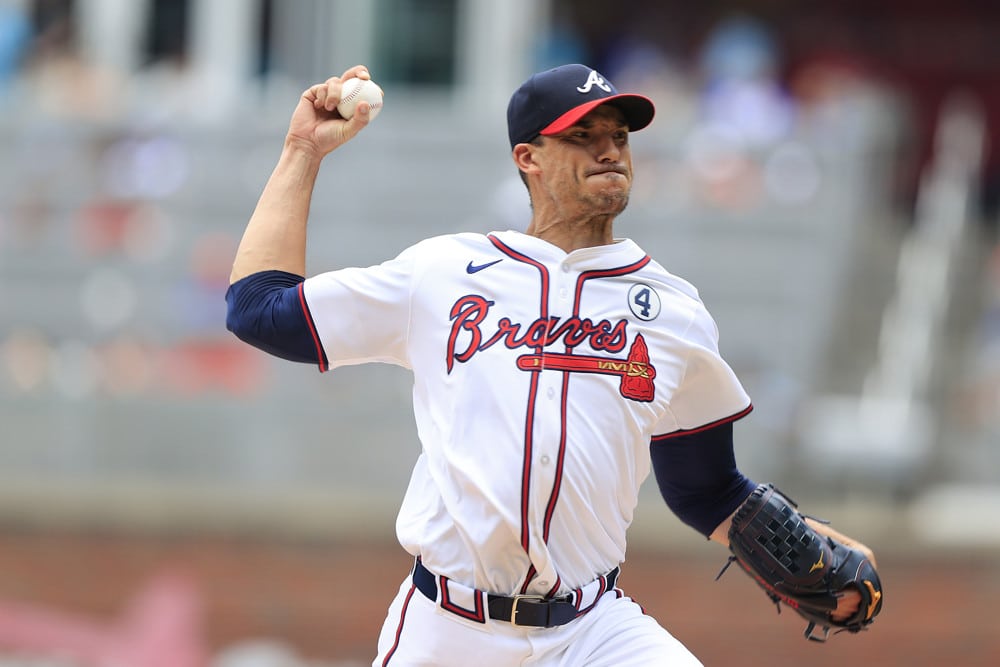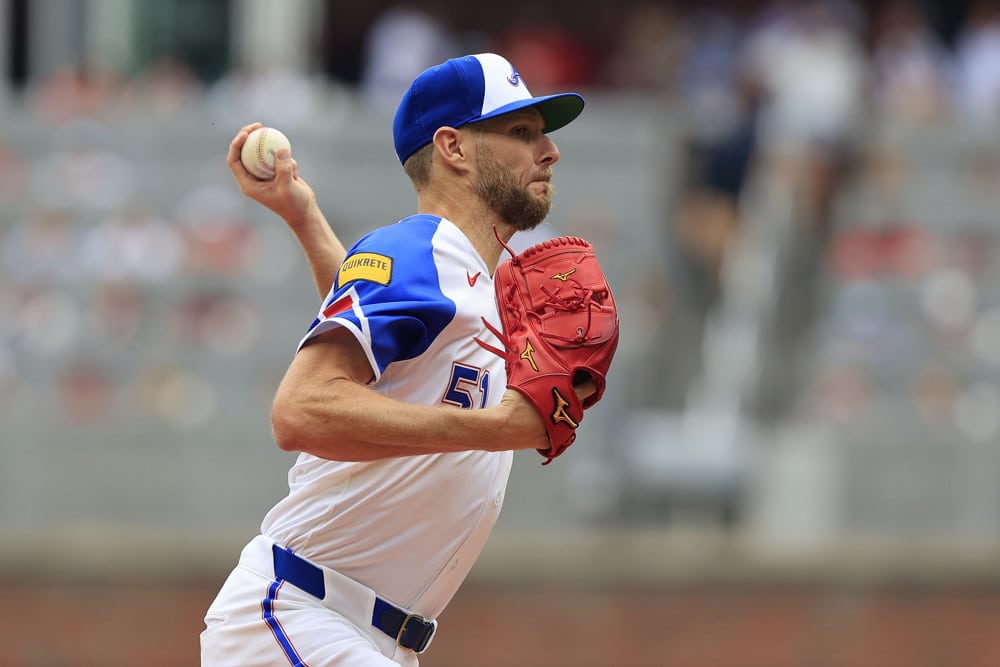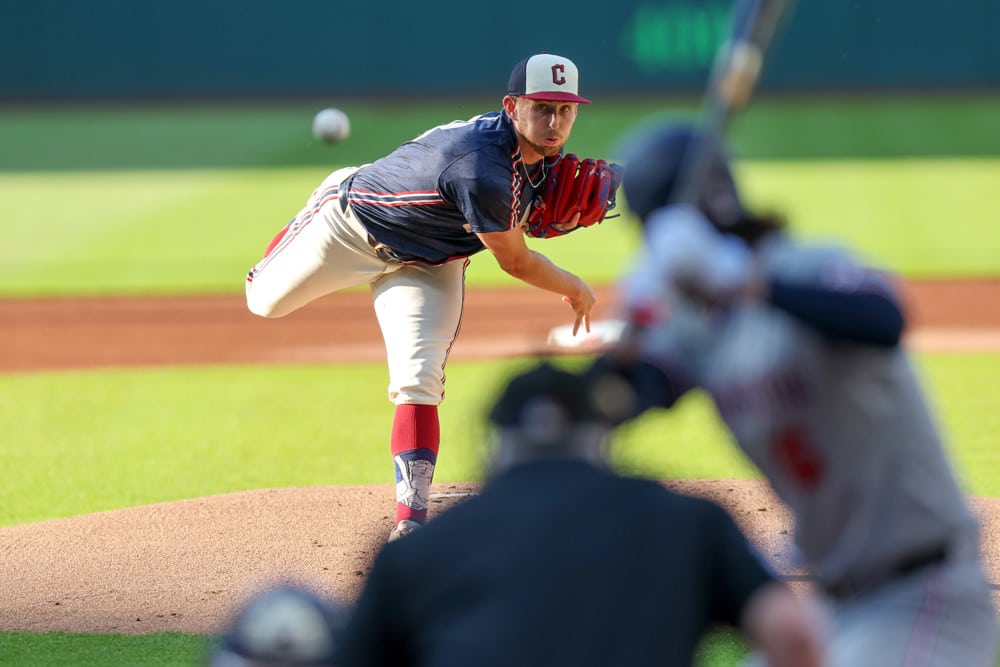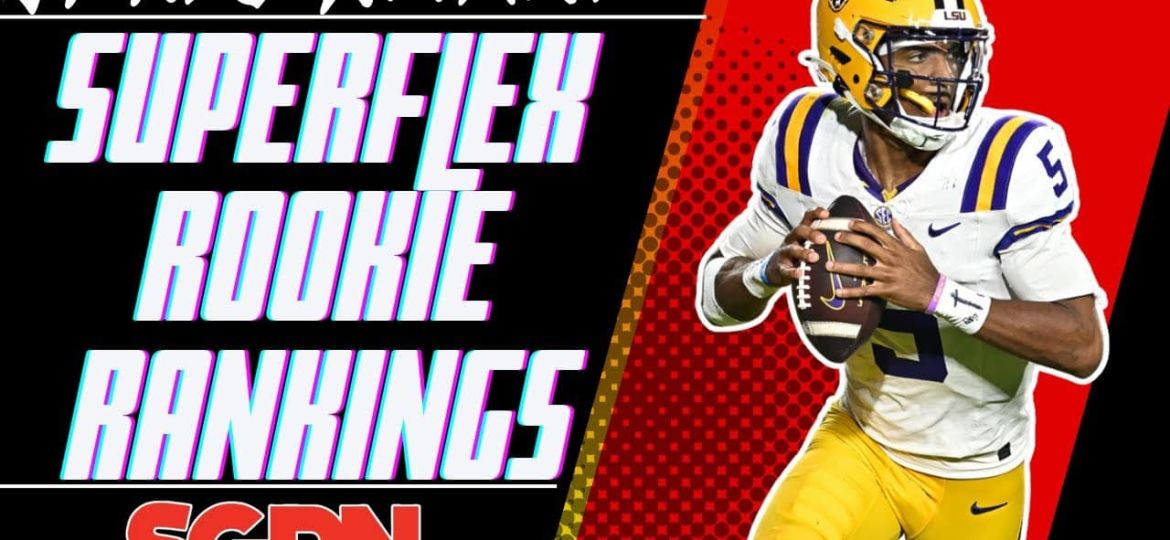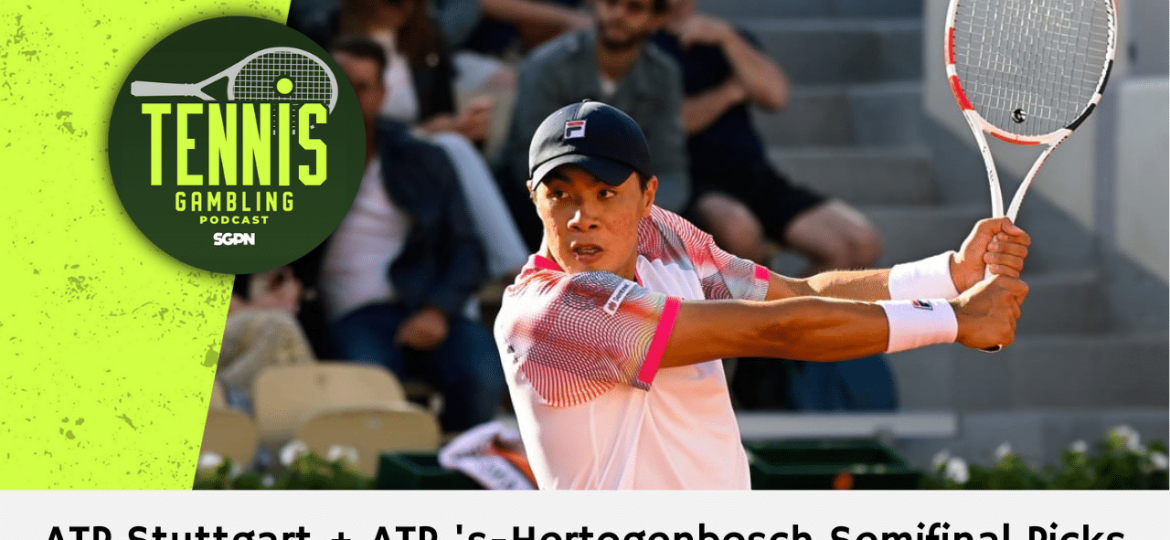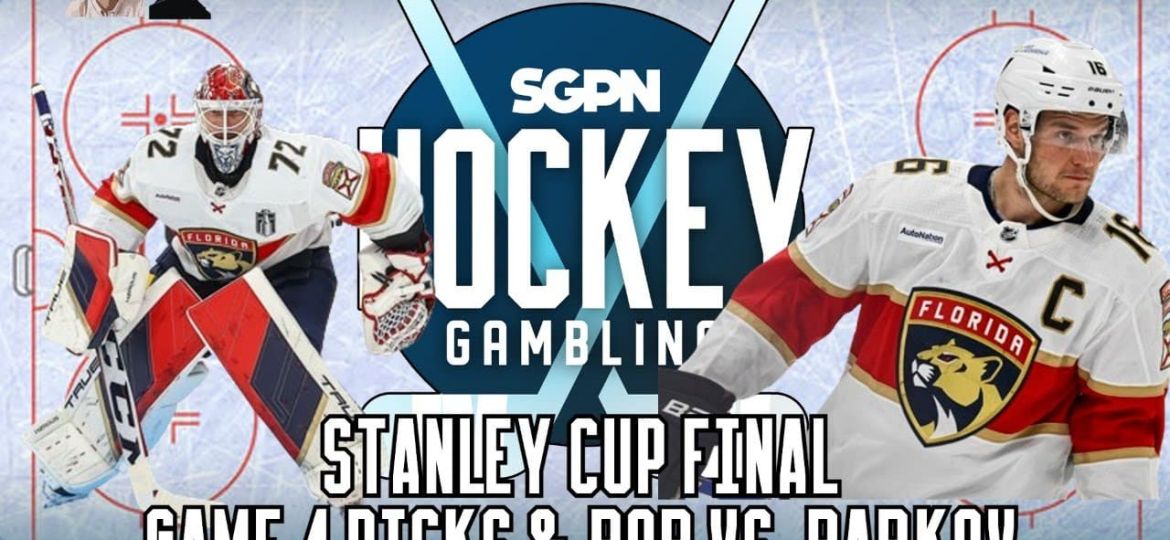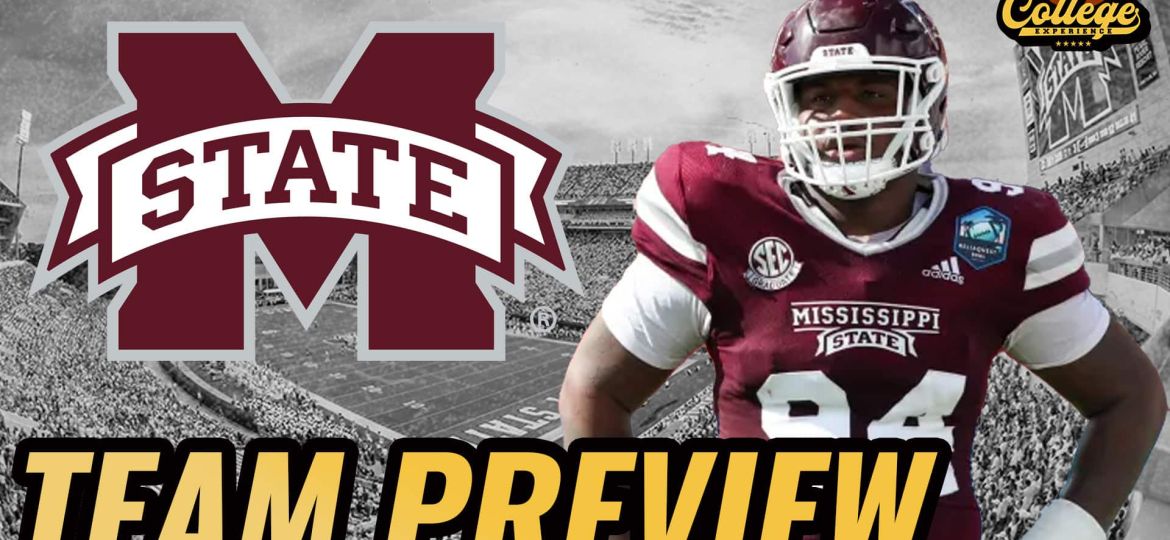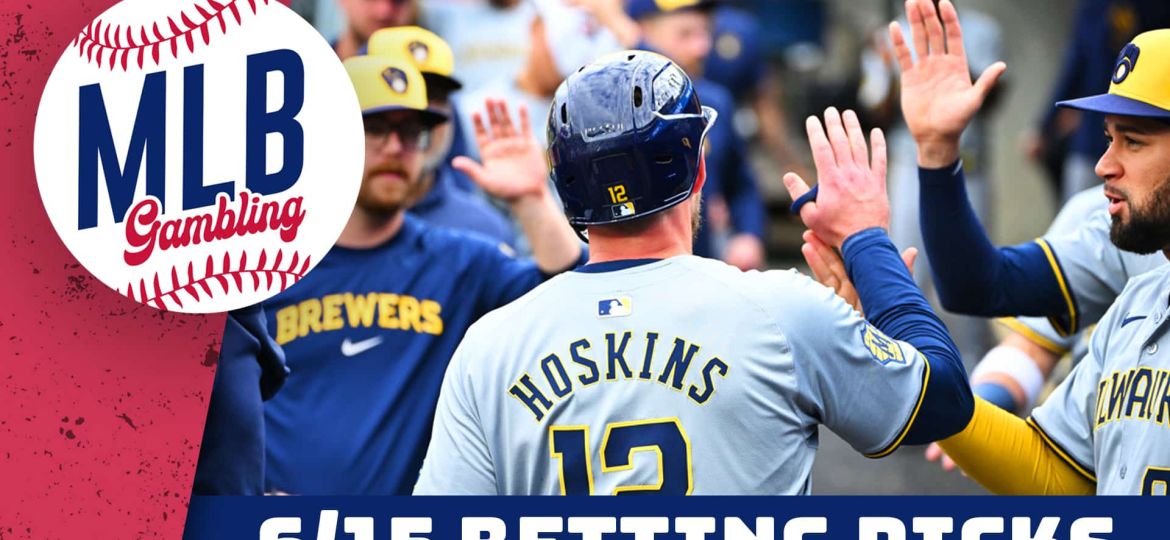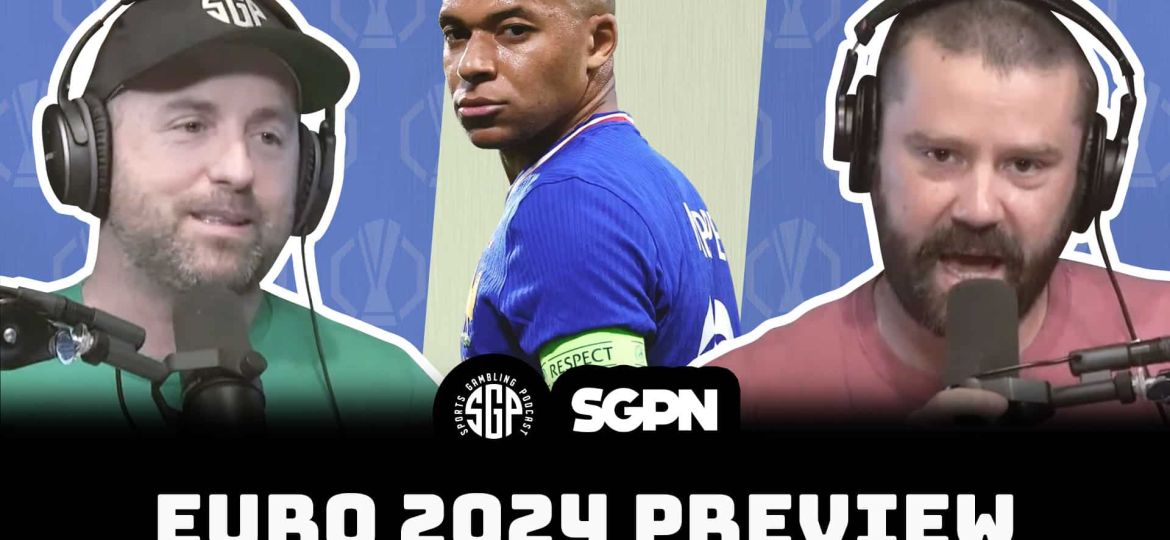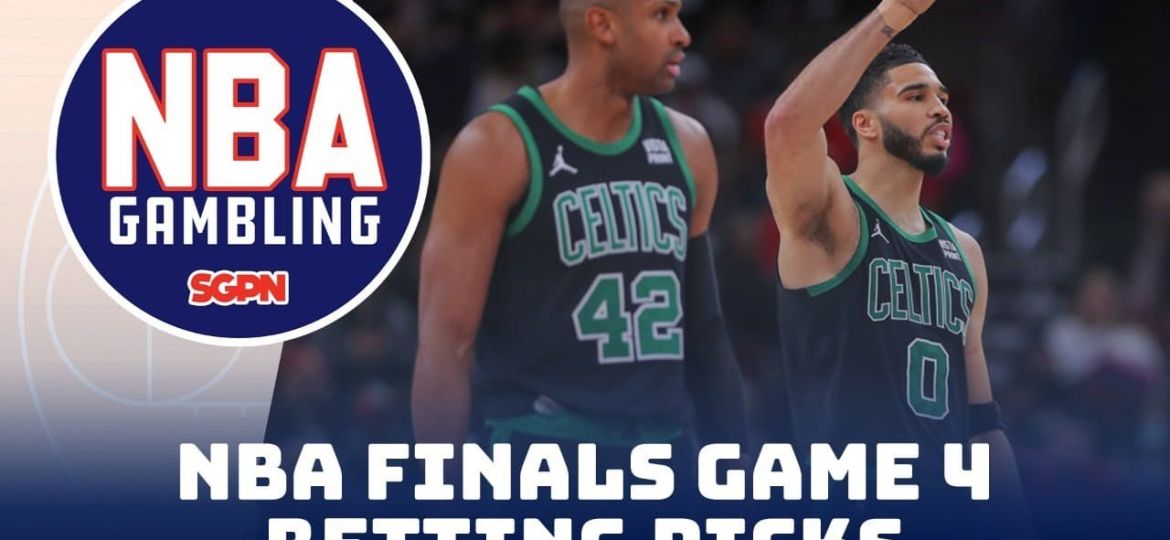The golf world has waited three years for the most competitive and tense team golf competition in the world. But Christmas Morning is upon us! The long-awaited return of the Ryder Cup tees off from Whistling Straits in Kohler, WI. To kick off Ryder Cup week, here is a categorical breakdown of which team has the edge over the other.
Ryder Cup Preview – Individual Talent
The United States usually holds a definitive edge over the Europeans in terms of raw talent and ability at the Ryder Cup. This year is no exception.
In terms of golfing accolades and accomplishments, the United States team is loaded top to bottom. The team collectively has won 13 major championships, 11 WGC’s, and 4 FedEx Cup Titles. Meanwhile, the Europeans combine for only 7 major championships, 6 WGC’s, and 2 FedExCup titles. The United States also holds a definitive edge in career accolades despite being significantly younger than the Europeans. They’ve done much more in less time than Europe has.
Additionally, every member of the U.S. team made it to East Lake to play in the 2021 Tour Championship. Only Rory McIlroy, Viktor Hovland and Jon Rahm made it for the Europeans. And collectively the United States combined for 28 Top 10’s across the six major championships in the 2020-2021 season. The Europeans combined for only 11.
Two decades ago, much of this could be explained away because the Europeans were primarily based in Europe. Very rarely would they come to the United States to compete directly against the Americans. But only Bernd Wiesberger is considered a European Tour-centric player. The other 11 players on Europe are regular PGA Tour members eligible for FedEx Cup points. They had just as much of an opportunity to earn these 2021 individual accolades as the Americans.
The United States also has more guys in their prime than the Europeans do. This is a very young United States team. Only 4 players are over the age of 30, and only Dustin Johnson is older than 35. Only four players on Europe are under the age of 30, including four players over the age of 40. At this point in time, more Americans are at an age of either reaching or playing at their peak golf in their careers. For most of the Europeans, however, their peak performance is in the rearview mirror.
In terms of individual accolades and where each member is in their respective careers, the United States holds a huge advantage over the Europeans
(Big) Edge: United States
Ryder Cup Preview – Off The Tee
The United States has a nice variety of styles off the tee. There’s a good mix of length and accuracy between all 12 members. Bryson DeChambeau, Brooks Koepka, Tony Finau, Xander Schauffele, and Dustin Johnson are tremendously long hitters and usually gain a ton of strokes off the tee with distance. Daniel Berger and Collin Morikawa, despite shortcomings in length, consistently gain strokes on the field off the tee with their elite accuracy. Scottie Scheffler and Patrick Cantlay have a good balance of length and accuracy off the tee. And Justin Thomas has driven the ball very well over his last few tournaments. With good captaincy, the U.S. can mix and match pairings for optimal performance off the tee.
The only liabilities off the tee for the Americans appear to be Jordan Spieth and Harris English. Spieth had improved his performance off the tee, however, in the last month that area has deteriorated once again. And Harris English is the only player on the United States who loses strokes off the tee to the field over his last 50 rounds. But given the wealth of talent off the tee that the Americans have, each can be properly paired to hide their flaws. They also could be hidden in four-ball formats. Their critical mistakes off the tee could be overcome by their partner’s own ball.
Typically the Europeans don’t boast a lot of efficient players off the tee. But they have a solid collection of drivers on this year’s team. Jon Rahm, Viktor Hovland, Matthew Fitzpatrick, and Sergio Garcia all have gained over 0.5 strokes per round on the field off the tee over their last 50 rounds. Rahm, Hovland, and Sergio all do it with a great combination of length and accuracy. Fitzpatrick gains significant strokes on the field with his overall accuracy. While Rory McIlroy’s statistics aren’t as eye-popping as years past, he’s still considered an elite player off the tee. Paul Casey put up respectable numbers off the tee in 2021. And Bernd Wiesberger was very efficient off the tee on the European Tour this season.
A popular criticism of Team Europe is that they don’t have enough firepower to match the Americans. Statistically, however, that’s not a true assertion. Rahm, Casey, Hovland, McIlroy, Sergio, and Fleetwood all hit it more than 300 yards off the tee on the PGA Tour this year. Hatton and Lowry just missed the 300-yard average by only a yard. The Americans boast 10 players who averaged more than 299 yards off the tee in 2021. The Europeans have eight. The disparity in distance off the tee isn’t as severe as it appears to be.
Where the Europeans have a sizeable disadvantage is the disproportionate number of liabilities off the tee than the Americans do. Five of the worst 7 players off the tee are on Team Europe. Shane Lowry, Ian Poulter, and Tommy Fleetwood all lose strokes to the field off the tee over their last 50 rounds. Lee Westwood also struggles off the tee due to a lack of distance and mediocre accuracy. And while over his last 50 rounds Tyrell Hatton shows solidly, his last 12 rounds off the tee are disastrous. He’s losing almost 0.4 strokes per round off the tee to the field over his last 12 rounds.
The Europeans will have a much tougher time masking weaknesses off the tee than the Americans will. And this disadvantage might rear its ugly head on Sunday when no one can hide.
Edge: United States
Ryder Cup Preview – Approach Play
Based on the 2015 PGA Championship, there appears to be a heavier emphasis on both short and long approach play this week at Whistling Straits:
(Per DataGolf – 2015 PGA Championship Approach Shot Distribution)
At the 2015 PGA Championship, there were more approach shots <125 and >200 yards than there was on average on the PGA Tour that season. Between 125 and 200 yards, however, there was far less frequency than average. Given this distribution, it appears that performance under 150 yards and over 200 yards will be critical to success at this year’s Ryder Cup.
The United States has some lethal iron players at their disposal. Justin Thomas and Collin Morikawa are probably the best iron players on the planet. Patrick Cantlay, Xander Schauffele, and Daniel Berger also have struck their irons very well on the PGA Tour this season. Jordan Spieth has struggled lately, but he has shown flashes of his old self several times this year. And both Tony Finau and Scottie Scheffler are coming in with great form with their irons over their last few tournaments. The United States has a great collection of iron players on their team this year.
The team also boasts a solid mix of elite short and long approach players. Half the team (Morikawa, Thomas, Koepka, Finau, DJ, and Berger) finished inside the Top 50 in proximity to the hole from inside 150 yards on the PGA Tour this season. And 8 of 12 players finished inside the Top 50 in proximity to the hole from over 200 yards on the PGA Tour this season. Only Scheffler (55th), Dustin Johnson (72nd), Cantlay (120th), and Spieth (173rd) were outside of it. The nice variety of solid short and long approach players is a big asset for team play.
Team Europe also boasts a lot of elite iron players. Eight of 12 members on the team gain over 0.5 strokes per round with their irons over their last 50 rounds. That’s more than the Americans have. And while he didn’t qualify for PGA Tour stats, Bernd Wiesberger was one of the best iron players on the European Tour last season.
The back end of Europe’s roster is full of liabilities. Both Fitzpatrick and Poulter have struggled with their irons all year long. Lee Westwood also is struggling with his irons over the last few months. Tommy Fleetwood has also been inconsistent. Harrington will have to pair these players well for team play
Where the Europeans have an edge over the Americans, however, is primarily from 150-200 yards. European style of golf tends to elevate the importance with these clubs from that range. But from inside 125 yards and outside 200 yards, the Americans hold a big edge over the Europeans. Only 5 of 12 players on Team Europe finished inside the Top 50 in proximity to the hole from outside 200 yards. But more damning, only Viktor Hovland and Sergio Garcia ranked inside the Top 50 in proximity from less than 150 yards on the PGA Tour this year.
Proximity stats can be misleading and sometimes don’t translate to actual strokes gained. But the greens at Whistling Straits are pretty large and should yield a high amount of greens in regulation. Even though statistically the Europeans might have an edge in approach play, the setup of Whistling Straits tips the scales to the Americans.
(Slight) Edge: United States
Ryder Cup Preview – Short Game & Putting
The Europeans are loaded with great scramblers on the team. 7 of the top 12 scramblers over their last 50 rounds represent Team Europe. Only two players (Fitzpatrick and Hovland) lose strokes to the field around the green. Hovland as a liability around the green isn’t a surprise. Fitzpatrick, however, is. Throughout his career, he’s been one of the better scramblers in the world. But he’s lost strokes to the field around the green in all seven events he’s played since the Memorial. He’s slumping, but he has the natural ability in his arsenal to turn it around.
But on the greens, however, the normal European advantage isn’t as strong this year. The team has elite putters in Fitzpatrick and Poulter at their disposal. And both Jon Rahm and Tommy Fleetwood have been consistently good putters this season. But the rest of the team is very dodgy. Rory McIlroy has struggled with inconsistent putting all year long. As has Viktor Hovland. And the team is comprised of several very shaky putters. Casey, Hatton, Lowry, Garcia, and Wiesberger all lose strokes to the field putting over their last 50 rounds. And Lee Westwood is a notoriously poor putter under pressure in his career.
If the winds stay calm at Whistling Straits, the United States’ short game deficiencies won’t matter a lot. But if the wind is howling and players struggle to hit greens, it might turn very dicey for the Americans. There are several comically poor scramblers on Team USA. Bryson sometimes looks like a 12 handicap off the green. Morikawa isn’t much better. Dustin Johnson, Xander Schauffele, Daniel Berger, and Brooks Koepka have all struggled with their scrambling this season. The team does boast elite scramblers like Cantlay, English, Finau, Spieth, and Justin Thomas. But they’re negated by some truly poor ones around them.
Meanwhile, there are a lot of really strong putters on the United States. Seven of the top 12 putters in this event are on the American side. Bryson, DJ, English, Cantlay, and Spieth all enter this event gaining more than 0.4 strokes per round on the green over their last 50 rounds. The only liabilities on the green for this team are Morikawa, Justin Thomas, and Daniel Berger. Berger is a surprising liability because he was lethal on the greens for most of the season. But he’s in the midst of a horrible slump.
The Europeans enjoyed a sizeable edge over the Americans both around and on the green in 2018. That isn’t the case this year. Call this one a draw between both teams.
Edge: Even
Ryder Cup Preview – Team Management
Over the last 10 years, the Europeans have created an efficient managerial style to both maximize and optimize the talent on their roster. The European captains take a very analytical approach to both naming captain’s picks and setting pairings for the Ryder Cup. The Europeans utilize the services of the 15th club, a golf analytics company based in the UK. They provide to the European leadership high-level data that help guide several key decisions for the Ryder Cup. From golf course data to optimized pairings based on statistical modeling, every decision made by the Europeans is calculated. Everything the Europeans do has a logical reason behind it.
And the Europeans do a great job getting the players behind their methodology. There are countless examples from the last 10 years of the European team buying into the leadership of their captains. The European captains do a tremendous job both connecting with their players, outlining what role they play on the team and why their role is so important to the success of Europe. That’s why it always appears that the Europeans stand in solidarity at the Ryder Cup, win or lose.
The Americans, however, have not had much success in this department. The Americans tend to take a more feel-based approach to their decisions. It also seems like the Americans defer much of the decision-making process to the players. They often ask the players what pairings they prefer instead of using logic and reasoning to dictate what is best for the team.
It’s no surprise, then, that there’s a lack of cohesion and inconsistent messaging and managerial style on the American side over the last 10 years. Davis Love III and Jim Furyk took more of a softer and feel-based approach to the captaincy. Love had much more success with this than Furyk did. Meanwhile, Tom Watson took a more authoritative approach to his captaincy. The players openly revolted and threw Watson under the bus.
The closest the Americans have come to a clear system is the “pod system”. This was a system implemented by Paul Azinger at the 2008 Ryder Cup to resounding success. This has been used a few more times by the Americans over the last 10 years, but without as much success. Where Paul Azinger succeeded was by assigning the pods based on what he thought was best, and then getting the players to buy into the reasoning. This is similar to how the Europeans get players to buy into their logic. But lately, it seems like the players have more of a say in what the pods should be. This has let egos run amok and create poor chemistry because the captain is too weak to keep things in check.
And it all came to a head in 2018 with very soft, directionless leadership from Jim Furyk. While the pod system was used for the second straight Ryder Cup, there was a power struggle between too many big personalities amongst the players. And when the United States epically flopped, all the dirty laundry came out. From a reported fistfight between Brooks Koepka and Dustin Johnson to Patrick Reed publicly throwing everyone under the bus, the 2018 American team is the poster child of dysfunctional team management from top to bottom.
As far as the captains for 2021, Padraig Harrington for Team Europe will no doubt continue the tradition of a methodical approach in his decision-making. Harrington has been a vice-captain on Ryder Cups since 2012 and has learned from the best. And by all accounts, Harrington is a deeply tactical and analytical person. But a slight concern is that Harrington notoriously was a huge tinkerer with his golf swing. So much so that it probably derailed his playing career. Could this lead to Harrington overthinking things or deviating from the plan one too many times?
As far as the Americans, Steve Stricker takes the helm in 2021. Stricker was selected more because of his Wisconsin roots than a storied Ryder Cup career. Stricker was a Vice Captain for the highly successful 2016 squad and a Vice Captain for the 2014 dumpster fire. But another feather in Stricker’s cap is that he led a highly successful 2017 Presidents Cup team. It’s unknown what Stricker’s leadership style is. But hopefully its more of the vain of Azinger and Davis Love instead of Watson or Furyk.
The Europeans have a much better track record at keeping things on the rails than the Americans do. That’s why they annually have a massive edge in this department over their opponents.
(Big) Edge: Europe
Ryder Cup Preview – Intangibles
Despite normally huge edges in talent, the Americans have been outsmarted and outworked in four of the last 5 Ryder Cups. As described above, usually it’s because of a complete mismatch in captaincy. But there’s also other intangibles like team egos and experience that can play a factor too.
This is a very green American team in terms of Ryder Cup experience. The Americans field six rookies on the team in 2021. While most of them at least have a Presidents Cup under their belt, there’s nothing like being in the crucible of the fire for a Ryder Cup. But the lack of experience might be a blessing in disguise. There is so much bad juju and failure surrounding the American team over the last few years. Maybe the lack of scar tissue and a fresh perspective on things could help bring the team together.
On the other hand, there’s some bad mojo on the team heading in. So much has been made about the Brooks/Bryson beef this year. And they’ve made some negative headlines lately. Brooks Koepka made some (out of context) quotes about the Ryder Cup that ruffled feathers. And it seems like Bryson is more motivated to prepare for the Long Drive Contest than the Ryder Cup. They’re already creating drama – and not even with each other!
There’s also a few key players struggling heading into the competition. Collin Morikawa can’t seem to find the center of the club face after sustaining a back injury at the Olympics. Jordan Spieth’s ball striking has nose dived once again. Dustin Johnson also is struggling with his ball striking. Not only did Koepka create waves with his comment, he’s also battling a wrist injury. And both Daniel Berger and Scottie Scheffler are in big time slumps with their putters on the eve of the Ryder Cup. The huge edge the Americans have is with their raw talent. With so many key players struggling, one questions whether it’s as big as advertised.
Meanwhile, the Europeans always seem to have far less drama and bad karma surrounding them as the Americans do. And though the team faces a huge talent disparity to their counterparts, the Europeans time and time again overcome this because of their comradery and love of the competition. Every Ryder Cup, win or lose, they seem like they’re all in on the process. That their heart is in it no matter what the outcome is. That they’re fighting to win for the Continent of Europe and for their teammates, not for themselves. The Americans can show all of this too – but only when they’re winning. The Europeans are so much more likeable than the Americans are. It’s much easier to root for them, win or lose, than it is for American fans.
The Europeans also have a big edge over the Americans in experience. The team is loaded with grizzled veterans with storied Ryder Cup success. From Sergio Garcia, to Lee Westwood, to the legendary Ian Poulter, this is a team of proven winners who know how to get the job done under the toughest of circumstances. They know what it takes to grind out victories or steal half points away from their opponents. It’ll be a raucous crowd at Whistling Straits. But the experienced Europeans won’t be phased by it.
That’s not to say that everything is perfect for the Europeans though. Tyrrell Hatton, Lee Westwood and Matthew Fitzpatrick have been positively dreadful over the last few months. Bernd Wiesberger has never been able to translate his success in Europe to the United States. And while Tommy Fleetwood has played better over his last few tournaments, he’s no where close to the player he was back at the 2018 Ryder Cup. There are 5 major question marks about this team on the eve of the Ryder Cup. That’s not ideal for a team that has a significant talent disparity. Padraig Harrington will have to make some masterful decisions to optimize his pairings.
But given some of the stink around the Americans and Europe’s ability to rally together, they hold a definitive edge with intangibles at this year’s Ryder Cup.
Edge: Europe
Ryder Cup Preview – Overall Summary
To the surprise of no one, the United States hold significant edges in most of the major statistical categories. Individually, the Americans are usually more talented on paper than their opponent.
But so much about the Ryder Cup comes down to the managerial decisions by the Captains. It is so vital to keep order and harmony in the team room. That’s something the Europeans are significantly better at than the Americans. And it’s crucial to nail the pairings in Foursomes and Four Ball. Over the last 10 years, the analytical and logical approach by the Europeans have run laps around the seat-of-their-pants approach by the Americans.
The books have deemed the Americans a significant favorite because of the massive talent disparity. But that didn’t matter in four of the last 5 Ryder Cups. Time and again, the Europeans pulled all the right strings. And the Americans got in their own way with inflated egos and bumbling decisions.
The question comes down to what Whistling Straits will favor. Will the Americans god gifted ability fit perfectly to the golf course? Or will Europe outmaneuver the Americans once again. That question will be answered when we break down Whistling Straits hole by hole later in the week.
RELATED CONTENT
Ryder Cup Preview – Hole By Hole of Whistling Straits
Fortinet Championship Picks and Props
Fortinet Championship Preview | Golf Gambling Podcast (Ep. 87)


